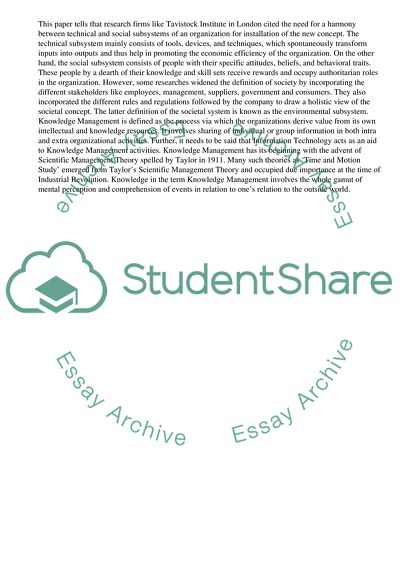Cite this document
(Applying Social Technical Theory in Knowledge Management Research Paper, n.d.)
Applying Social Technical Theory in Knowledge Management Research Paper. Retrieved from https://studentshare.org/management/1742289-applying-social-technical-theory-in-knowledge-management-km
Applying Social Technical Theory in Knowledge Management Research Paper. Retrieved from https://studentshare.org/management/1742289-applying-social-technical-theory-in-knowledge-management-km
(Applying Social Technical Theory in Knowledge Management Research Paper)
Applying Social Technical Theory in Knowledge Management Research Paper. https://studentshare.org/management/1742289-applying-social-technical-theory-in-knowledge-management-km.
Applying Social Technical Theory in Knowledge Management Research Paper. https://studentshare.org/management/1742289-applying-social-technical-theory-in-knowledge-management-km.
“Applying Social Technical Theory in Knowledge Management Research Paper”, n.d. https://studentshare.org/management/1742289-applying-social-technical-theory-in-knowledge-management-km.


